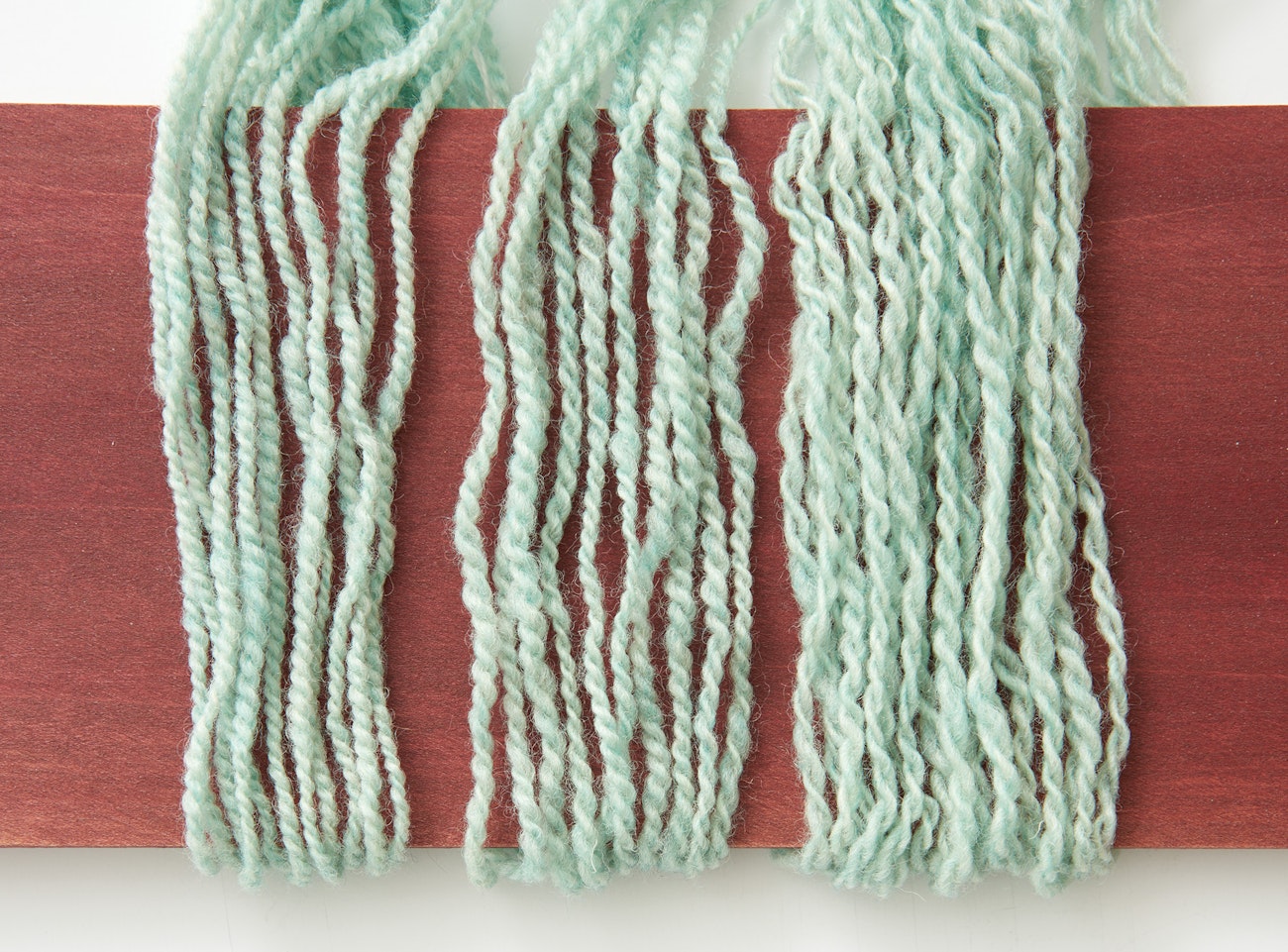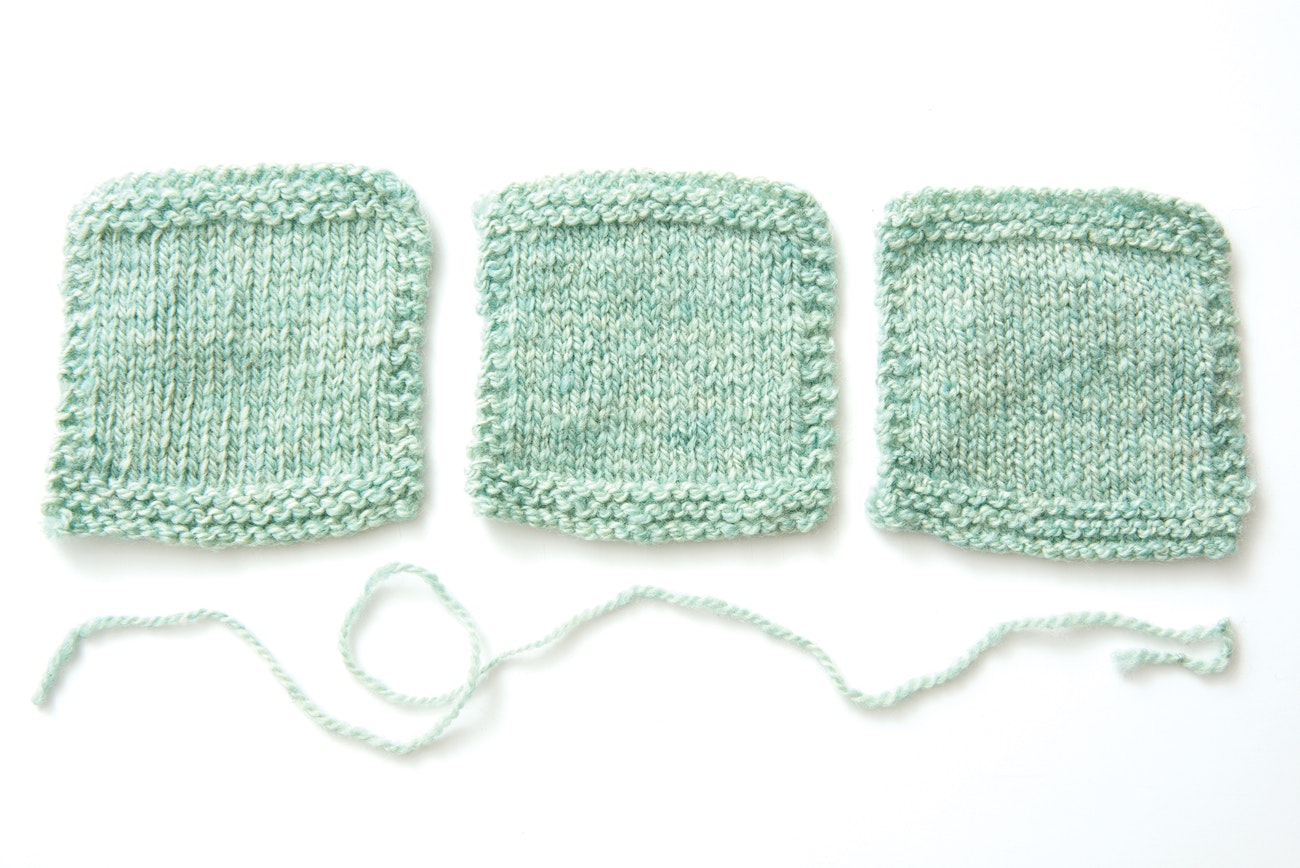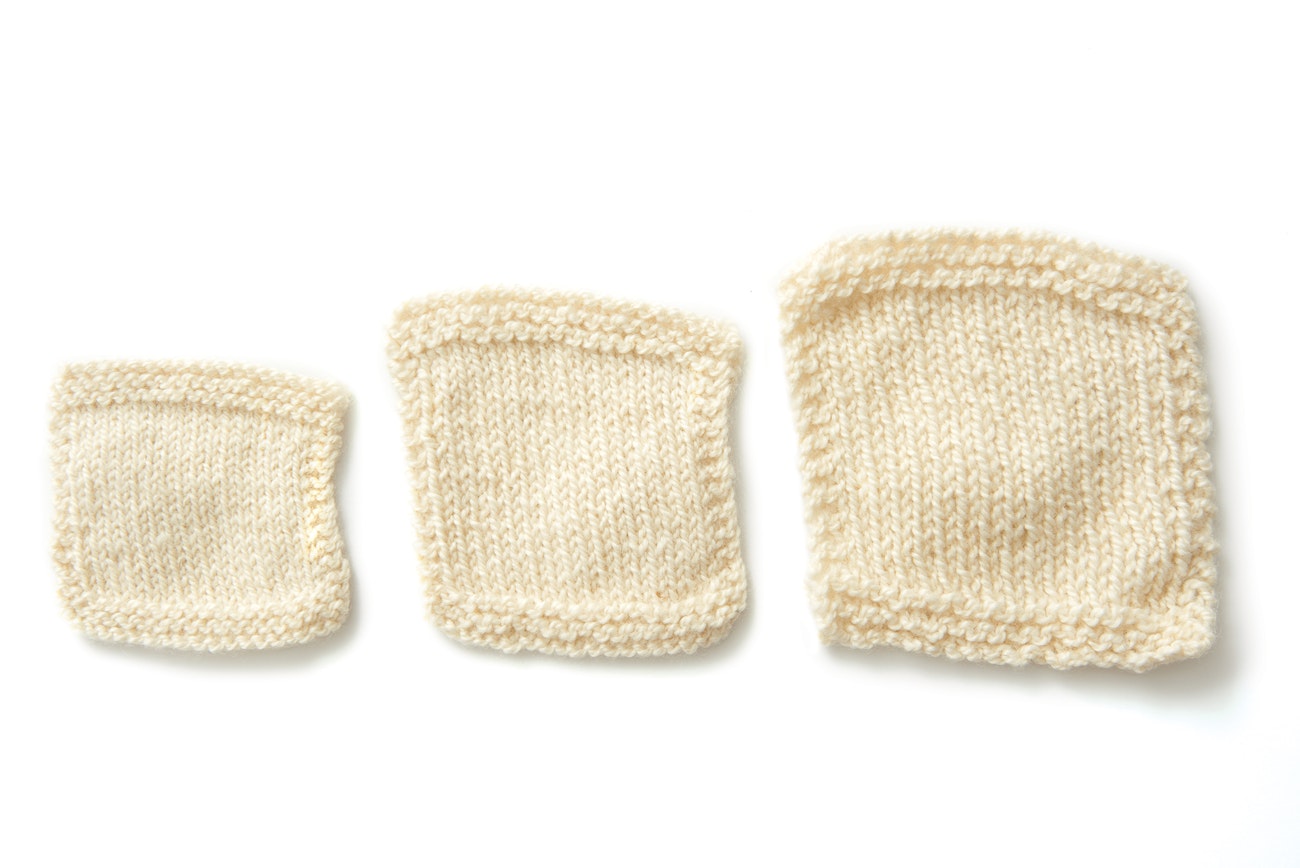Are you looking for balance in your spinning? Amy Tyler explains ways to achieve it in this article from our Ask a Spinning Teacher series, excerpted from Spin Off Winter 2016.
Question
How do I know how much twist to add when plying? Yarns that look very overplied at first can look balanced when I wash them, and I’ve heard that you don’t always even want perfectly balanced yarns.
A balanced skein is one that hangs without showing any twist in the skein and without any kinks in the yarn making up the skein.
Balanced yarns are not the only “good” yarns; there are many beautiful, successful, and useful unbalanced yarns. Highly unbalanced yarns—also called “energized yarns”—can produce intriguing textural effects in knitting and weaving. Balanced yarns, in contrast, knit and weave up in a smooth and consistent way.
If your goal is a balanced yarn, the amount of twist you add when plying depends on the amount of twist you put into the singles. Once you have decided on the twist in the singles, the direction and amount of twist in the plied yarn is more or less decided for you. Basically, the more tightly twisted your singles are, the more ply twist you need to get balance.
The Basics of Ply Twist
The direction of plying is typically opposite the direction used for spinning singles.
- If the singles were Z-spun, you will S-ply.
- If the singles were S-spun, you will Z-ply.
The same three elements that affect twist in singles also affect twist in plying:
- Drive ratio
- Treadling rate
- Take-up rate
For more twist, use a larger drive ratio (smaller whorl, or pulley), faster treadling, slower take-up, or any combination of these three factors.
For less twist, use a smaller drive ratio (larger whorl, or pulley), slower treadling, faster take-up, or any combination of these three factors.
Balanced and Consistent Ply Twist
My strategy for getting a satisfactory amount of twist in plying is to use a freshly spun reference sample. This is a plied-back-on-itself sample 24 to 36 inches in length. The sample should be made when the yarn has just been spun so that it shows the proper amount of ply twist. If you try to create a reference sample with singles that have been resting on the bobbin (or wound on the spindle) for a day or more, the singles will be “stale,” and they will show you less ply twist than will be needed for the yarn to be balanced.
When I begin to ply, I ply two yards or so, then compare what I’ve plied to my reference sample. To be confident in matching twist, it is important that the thickness of the reference sample be the same as the thickness of the plied yarn because there will be more twist in thinner sections of yarn than in thicker sections of yarn. I hold the reference sample and the matching sample parallel to each other and under tension. I then line the yarns up at one twist (or bump) and look to see if the other twists line up.
If the twists or bumps in the plied yarn fall behind the reference sample, then I know I need to add more twist. If the twists or bumps in the plied yarn get ahead of the reference sample, then I know I need to add less twist.
I repeat this two-yard test, adjusting the amount of twist as needed, until I get the plying to match the reference sample. Then I stick with whatever ratio, treadling rate, and drafting rate got me that good match. It may require a bit of attention, but if you can stick to the same rhythm for the whole skein, then your whole skein will be consistently plied.
After you have plied the singles together, the yarn needs to be finished. First, wind the yarn in a looped skein. Tie the skein in three or four places with a loose figure eight. At this point, the skein will appear to be unbalanced; it will show some Z-twist because the singles settled on the bobbin over time. This apparent twist will disappear after the skein is finished. Soak the skein in warm to hot water for about 15 minutes. I add a small amount of wool rinse to help clean the skein. Squeeze excess water out of the skein. Wrap it in a towel to remove more water. Hang the skein to dry—without tension.
The last part is important: To accurately determine if a skein is balanced, the skein needs to be washed and then dried without tension. Some spinners call this “setting the yarn”; others refer to it as “finishing the yarn.”
The amount of yarn in the skein and the length of the skein loop can influence the apparent balance of the skein. It is easier to see excess twist in a skein if the skein has fewer loops or if it has longer loops. If a skein has lots of loops or short loops, then it may look as if it’s balanced, showing no twist in the skein. When I am uncertain whether a skein is balanced or not, I look at individual yarn strands within the skein to see if any of them “kink.” Then I’ll take that section of yarn and twist it to see which direction of twist removes the kink.

From left, overplied, balanced, and underplied yarns.
The Consequence of Unbalanced Ply
I use most of my handspun for knitting. Knowing whether a yarn is balanced or not is important to me. A yarn that is not balanced can result in a biasing fabric when knitted.
When a yarn with extra Z-twist is knitted in stockinette stitch, the knitted fabric will bias upward and to the right. If knitted in reverse stockinette stitch, the knitted fabric will bias upward and to the left.
When a yarn with extra S-twist is knitted in stockinette stitch, the knitted fabric will bias upward and to the left. If knitted in reverse stockinette stitch, the knitted fabric will bias upward and to the right.

From left, underplied, balanced, and overplied swatches (with balanced reference sample).
This biasing effect can show up with even a small amount of apparent twist in a skein of yarn.
The more unbalanced (twisted) the yarn, the greater the bias angle in the knitted fabric. The fabric will also be a bit stiffer, the stitch gauge will be greater (more stitches per inch), and there will be more pronounced “ridges” on the knitted stitches.
Needle size affects the amount of biasing. The larger the knitting needle, the more the bias. One corollary of this phenomenon is that if you have an unbalanced yarn and you knit at a very tight gauge, you can minimize or completely cancel the biasing effect.
There are knit stitch patterns that are “immune” to unbalanced yarns: garter stitch and seed stitch are two examples. Think of garter stitch as one row of stockinette, which will bias one way, and a second row of reverse stockinette, which will bias the other way. The alternating directions of bias so close together essentially cancel each other out. Likewise, in seed stitch, you have adjacent knit and purl stitches whose bias directions cancel each other out. If you have an unbalanced yarn, you will not get bias in the fabric if you work in garter or seed stitch.

Knitting at a very tight gauge can minimize the biasing effect of unbalanced yarns. From left, an overplied yarn knitted on US size 6, 9, and 11 needles.
Balancing an Unbalanced Plied Yarn
Sometimes, no matter how careful you are, you create an unbalanced plied yarn that you would rather were balanced. Take a look at a hanging skein after it has been washed and then dried without tension. Does the skein twist? If yes, you can run the skein through your wheel again, adding (or subtracting) some twist.
- If a (washed and dried) skein twists in the Z direction, then add more Z-twist to the yarn.
- If a (washed and dried) skein twists in the S direction, then add more S-twist to the yarn.
It is simply a matter of running the plied yarn onto a bobbin again, adding a bit more twist in the needed direction: wind the unbalanced yarn into a ball, put it in a bowl, tie the end of the yarn to your wheel’s leader, and run it onto the bobbin in the direction needed to fix the twist. Usually the yarn needs very little change in twist, so either use a large whorl/pulley size, treadle slowly, or let the yarn be taken up quickly. You will want to compare the ply twist to your reference sample, and you will want to wash the skein again.
Some spinners will under- or overtwist when plying to get a specific effect for a specific project. Because I mostly knit with my handspun yarns, I most often want to work with balanced yarns. However, when I want a textured or biasing effect, I will purposely create an unbalanced yarn. Whether or not you strive for balance really depends on the project you have in mind.
Re-creating Reference
Suppose you lose your “fresh” reference sample or you forgot to make a reference sample while the singles were fresh. You can take a stale singles and find out what the fresh twist is by plying the singles back on itself (as much as it will), tying the ends together in an overhand knot, and then washing this sample. The true balanced twist will be revealed when the sample is completely dry.
Looking for more ways to improve your spinning? This article and others can be found in the Winter 2016 issue of Spin Off.
Also, remember that if you are an active subscriber to Spin Off magazine, you have unlimited access to previous issues, including Winter 2016. See our help center for the step-by-step process on how to access them.
Amy Tyler lives and spins both off and on balance in Lake Ann, Michigan. See some of her work at www.stonesockfibers.com.
Originally published February 14, 2020; updated February 6, 2023.

